You could say that sales has a bad reputation. Most people don’t like to be ‘sold to’, associating the process with pushy or manipulative tactics focused on closing the deal no matter what. Yes, that’s an out of date stereotype (we hope!) but it remains in the collective unconscious of the buying public.
Of course, your potential customers and clients each see themselves as ‘too clever’ for all that and will resent any perceived attempt to push a sale. How can you sell without being pushy? By focusing on communication and looking for the mutual benefit in each transaction. Let’s take a brief look at a couple of sales techniques touted as fit for purpose in 2024…
SPIN selling
SPIN stands for situation, problem, implication and need-payoff; each representing a type of question to ask the prospect and then letting them do the talking.
- Situation – The first priority is to understand the prospect and their situation, including how they (or their company) make purchase decisions. Does your product/service fit what they need?
- Problem – These questions are designed to alert the prospect to their problems and pain points that your product/service can solve.
- Implication – The idea here is to focus the prospect on the negative impact of the problem or pain point, motivating them to solve it.
- Need-payoff – Now the questions focus on solutions, specifically yours. Sticking with the question approach, the idea is for the prospect to identify for themselves the benefits of implementing what you have to offer.
SNAP selling
In an age of information overload it can be difficult to get a prospect’s attention – how do you stand out from the ‘background noise’? The SNAP acronym represents the basic principles behind helping a prospect choose to work with or buy from you. It’s based on the idea that a prospect makes three key decisions along the way:
- To allow access – To stand out you need to respect the prospect’s limited time. Don’t spout buzzwords and industry jargon; just tell them concisely what you can do for them.
- To initiate change – Now that they’re willing to give you their time, you need to convince them of what you’re offering and the steps necessary to benefit. Again, keep it simple and relevant (such as the ROI on offer or how quickly they will realise the benefits).
- To select resources – When the prospect is at the stage of making a purchase decision, it’s time to set out the pros and cons, with an emphasis on being flexible and working with
The SNAP acronym applies throughout the process:
- SIMPLE – keep it short and to the point.
- INVALUABLE – build trust by showing you understand their requirements and can meet them.
- ALIGN – show you’re in line with their needs and objectives and therefore worth working with or buying from.
- PRIORITIES – emphasise their priorities; whether it’s growth, efficiency, cost-effectiveness, etc. ensure that their priority is part of your dialogue.
Whatever technique you use, the challenge is not to push the prospect but to guide them to making the right choice for them… which hopefully is to buy from you. In other words, stop selling and help people buy. For pointers on how to do exactly that, you might check out our free taster webinar, “Seven ways to boost your sales” on 26 April 2024 – register here.
The In-House Training Company has a wide range of sales and business training options; all of which can be tailored to your specific business and market requirements. Or just give us a call on 01582 463463 and talk to us about what would help you; it’s what we’re here for.









